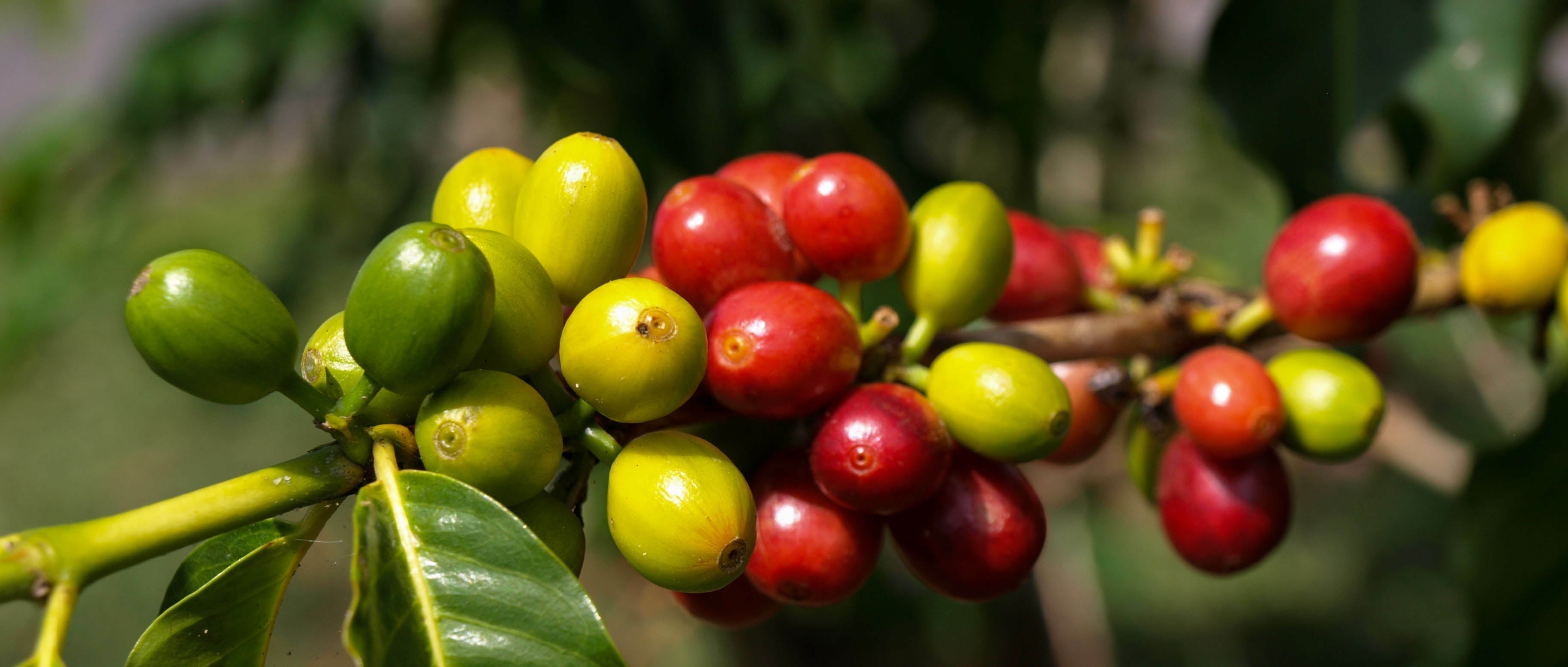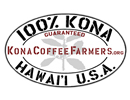The picking of Kona coffee in Hawaii is notably different from many other coffee-producing regions due to its emphasis on selective hand-picking and quality over quantity. Here's how it stands apart:
1. Selective Hand-Picking
-
Kona coffee is always hand-picked, often over multiple passes through the farm.
-
Workers pick only the ripe, red coffee cherries, leaving unripe ones for future harvests.
-
This ensures uniformity and quality in flavor, as only the best cherries are processed.
In contrast:
In many larger regions like Brazil or Vietnam, coffee is often mechanically harvested or strip-picked, where ripe and unripe cherries are collected together to save time and labor costs.
2. Labor-Intensive Process
-
The terrain of the Kona coffee belt (on the slopes of Hualalai and Mauna Loa) is steep and rocky, making machinery impractical.
-
This adds to the manual intensity of harvesting and increases labor costs.
In other regions, flatter terrain allows for machine harvesting, which is faster but less precise.
3. Smaller Farm Operations
-
Kona coffee is usually grown on small family-owned farms (often under 5 acres).
-
Farmers often harvest their own crops or hire small teams, allowing for more attention to detail.
In contrast:
Large commercial farms in other countries often manage hundreds of acres, emphasizing volume over precision.
4. Extended Harvest Season
-
The harvest season in Kona typically lasts from August to January.
-
Pickers return to the same trees multiple times—sometimes up to 8–10 passes—to pick cherries at peak ripeness.
Many other regions with shorter harvest windows may do one or two harvest passes, leading to mixed-quality cherries.
Summary
| Feature | Kona Coffee | Other Regions |
|---|---|---|
| Picking method | Selective hand-picking | Often machine or strip-picking |
| Cherry ripeness | Only ripe cherries | Mixed ripeness |
| Harvest passes | Multiple (8–10 times) | One or few |
| Farm size | Small, family-owned | Large-scale commercial |
| Terrain | Steep, volcanic slopes | Flatter, mechanized-suitable |
| Labor cost & quality | High labor cost, premium quality | Lower labor cost, variable quality |





